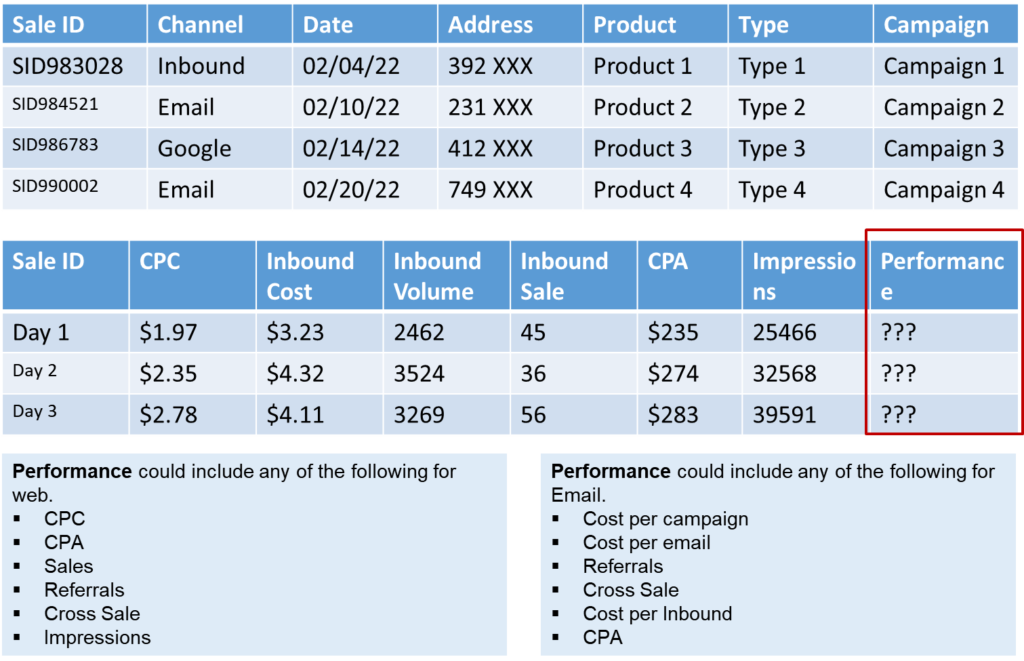Managing intelligence effectively can help organizations make effective decisions and obtain the competitive advantage. there are many ways to obtain a competitive advantage and managing intelligence dynamically is one of the best.
In this process it is important to avoid “derivation creep.” Similar to “scope creep” in the project management discipline it can stall out a product before delivery and cause significant delays. derivation creep can be a root cause for “Analysis paralysis,” paralyzing teams before they get answers to their challenges. It’s important to stay on task and find that proper balance of exploration and progress.

Data exploration and avoiding derivation creep is critical in striking the right balance for solving data challenges. A good example of this is using dynamic intelligence layers (DIL) and standardized data enrichment practices to identify new metrics that allow for a clearer view of fundamental business needs. Dynamic intelligence layers can be conceptual in nature, contain high-specialized data products, built from a mixture of OLD’s, ODS’s, Data Marts, SOR’s, Warehouses, etc. rapidly created edited or decommissioned.
Here’s an example of a DIL’s impact, the business may want to know how their campaigns are performing. There is no metric that can be collected that explicitly states performance levels. Performance needs to be defined based on the businesses values. through a mix of organization constraints and collected data from the environment. Things like total sales, number of new accounts, Cost per click (CPC), referrals, Cost per new account (CPA), form completions, social media shares, and more can all be included in a fundamental evaluation of campaign performance. This type of evaluation will take time to develop as well as experimentation.
DIL’s are also a great place to tie in an entire marketing funnel lower, middle and upper. This can be accomplished by attributing the right id’s to new Data Product at it’s most granular level. ID’s such as Session IS, Ad ID, shopper ID, cart ID, sale ID, referral ID, customer ID, product ID, etc.
Below is a basic example of some of these metrics and you can see where we called out the performance column in red, indicating how would we put together a experiment to help us identify how to calculate the performance metric.

Once you’ve identified how to do calculate this new metric or others like it. you’ll need to productionalize and automated process to deliver this new metric as a standing data product that can be consumed by data analysts and visualization analysts. Automating this new data product can be a hefty task but it’s worth doing correctly because manually calculating this consistently on the fly as new data comes is extremely time consuming and a perfect environment for human errors. Those errors can result in catastrophic failure down the road.
As you progress and get more experience in building data products of this caliber make sure that you automate and stage the data appropriately. below I’ve identified a few ways to optimize the dynamic intelligence management process:
- Define your intelligence requirements: To effectively manage intelligence, you need to have a clear understanding of your organization’s intelligence requirements. This involves identifying the key questions and issues that you need intelligence to address, as well as determining the types of information and sources that will be most useful.
- Establish a centralized intelligence function: To ensure consistency and coordination in your intelligence efforts, it is important to establish a centralized intelligence function within your organization. This function should be responsible for collecting, analyzing, and disseminating intelligence across the organization, and should have a clear reporting structure and set of responsibilities.
- Invest in the right tools and technologies: This may include data visualization tools, data mining and analysis software, and other specialized technologies that can help you collect, analyze, and share intelligence more efficiently and effectively.
- Develop a process for analyzing and disseminating intelligence: Once you have collected intelligence, it is important to analyze it and disseminate it to the right people within your organization. This involves developing a standardized process for analyzing and summarizing intelligence, as well as a process for sharing intelligence with key stakeholders.
- Monitor and evaluate your intelligence efforts: To ensure that your intelligence management process is effective, it is important to monitor and evaluate your efforts over time. This involves tracking key performance indicators (KPIs) such as the accuracy and timeliness of your intelligence, as well as regularly reviewing and updating your intelligence requirements and processes as needed.
There are many other examples of intelligent derivations such as market interest trends, preferred channel, product preference, speed of response, and various flavors of propensity modeling can be expanded to provide greater insight.
Effective dynamic intelligence management requires automation of the underlying analysis process, a fundamental understanding of the most effective methods for staging data products, a clear understanding of our organization’s intelligence needs, a centralized function for collecting and analyzing intelligence, a clear process for disseminating intelligence, and ongoing monitoring and evaluation of your intelligence efforts.
For as more descriptive explanation of the data productization process specifically for dynamic intelligence consult Foundations for Value Creation.

